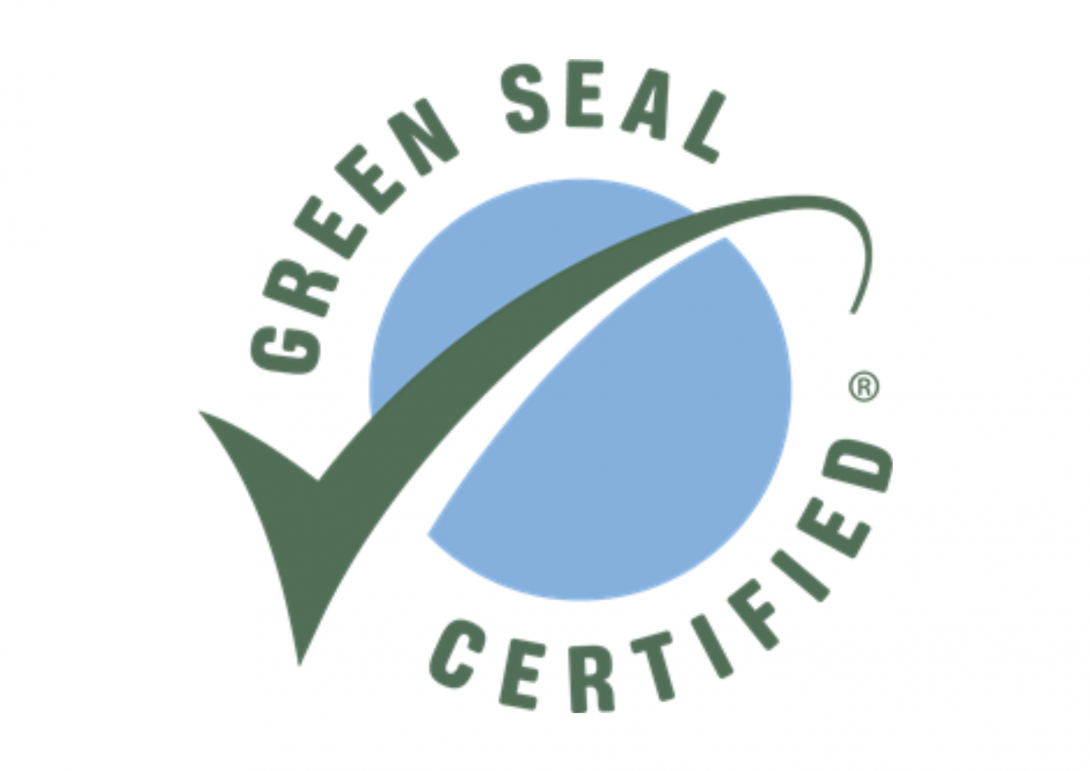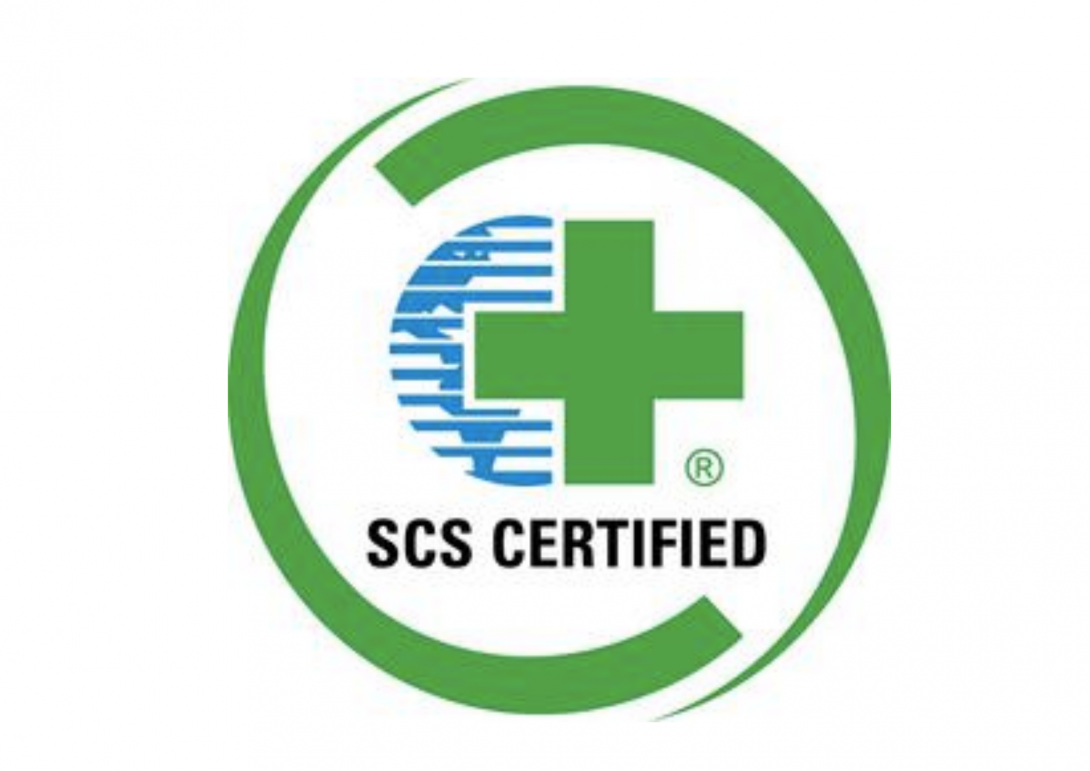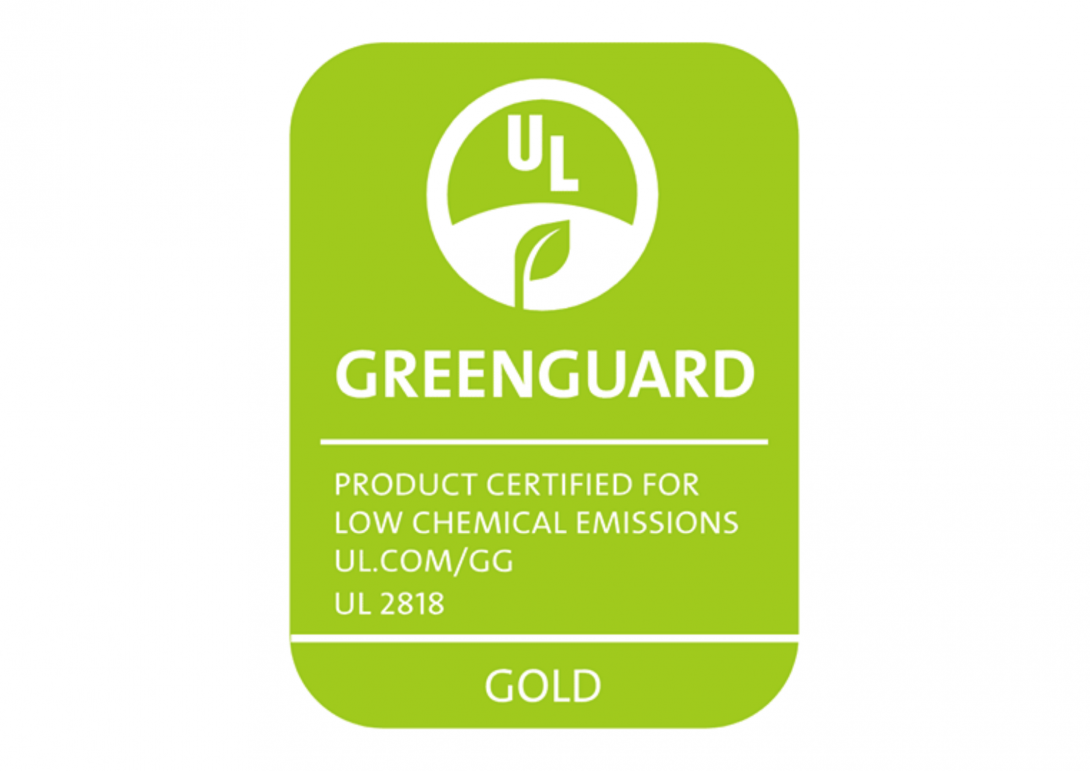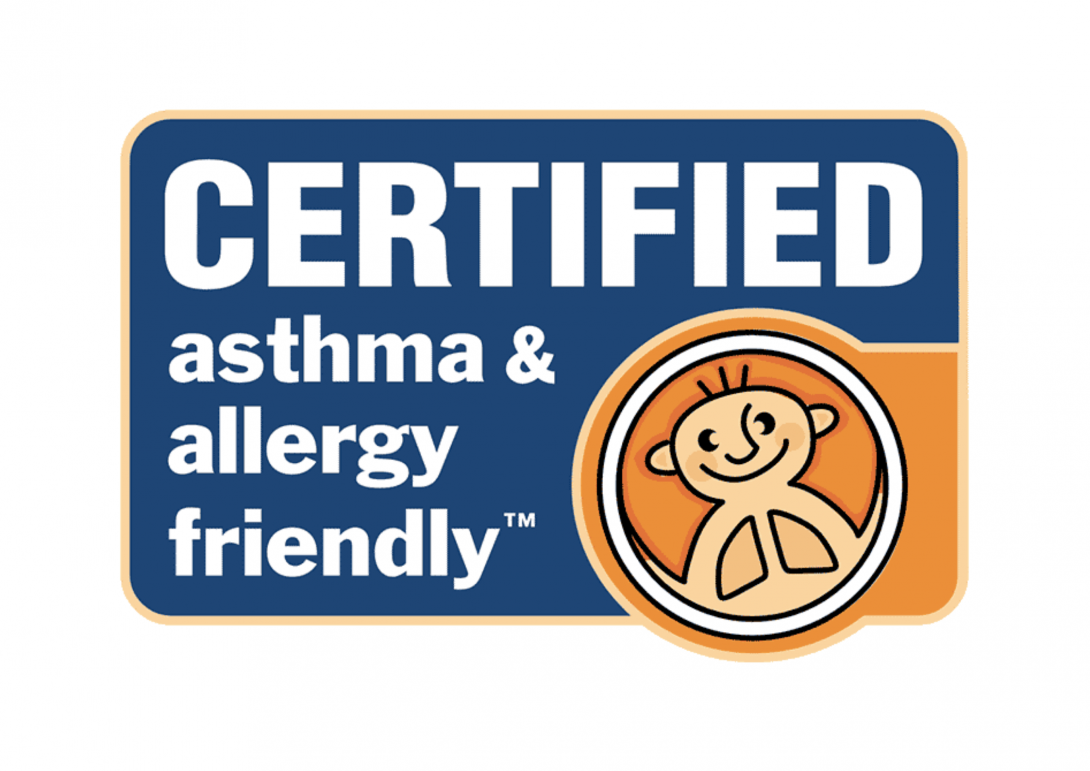What is a healthy paint for people with asthma and allergy?
Introduction
Consumer products emit a variety of harmful air pollutants that could affect the health without even noticing. The traditional paint products contribute to indoor air pollution, releasing compounds that act as allergens and irritants and therefore can cause asthma and allergy or worsen the symptoms for people who already have asthma or allergy. This blog post will provide an insight, how the paint product use correlates to allergies and asthma as well as basic guidelines on better and healthier paint choices for those affected by allergies and asthma.
About allergies and asthma
Allergies are reactions of the immune system towards a foreign substance with symptoms varying greatly depending on the type of allergy. Regarding exposure to air pollutants, typical allergy symptoms include sneezing, eye, nose and throat irritation, runny and stuffy nose (a). Allergies and asthma are somewhat interconnected, meaning that the same substances can cause both an allergic response as well as asthma symptoms.
Asthma is a long-term disease of the respiratory system that increasingly spreads in the developed world affecting people of all ages. Most typically, this illness begins early in life therefore children and young people are most at risk. Asthma symptoms include cough, wheeze, shortness of breath and chest tightness. The most widespread type of asthma is an allergic (or atopic) asthma. Asthma is a chronic health condition, which can not be “cured”, therefore those affected are highly dependent upon availability of inhalable medication that relieves asthma symptoms (b).
Asthma facts according to the European Parliament Interest Group on Allergy and Asthma:
- In Europe 70 million people suffer from asthma, and the countries with the highest prevalence of asthma and symptoms of allergy include Finland, Germany, Ireland, the United Kingdom and Romania.
- Asthma is the most common chronic disease among children and is one of the major causes of hospitalization among children under 15 years of age.
- Respiratory system diseases are among the main causes of death in the EU and include conditions such as chronic obstructive pulmonary disease, pneumonia or asthma (f).
Paint ingredients that cause asthma and allergies
The conventional paints generally consist of four main ingredient groups - pigments, binders, solvents and additives. In all four groups there could be chemical compounds that at some point during the paint life-cycle become pollutants of indoor air thus negatively affecting people exposed and primarily health risk groups - pregnant women, young children, chemically sensitive people and people with preexisting health conditions
Read more about how indoor air quality affects your health and well being in our blogpost: link
Regarding allergies and asthma, the most sensitive ingredients of paint products are their solvents. Namely, they are the main source of volatile organic compound (VOC) emissions and formaldehyde. Chemicals in the solvent class can include aliphatic hydrocarbons, aromatic hydrocarbons, halogenated hydrocarbons, aliphatic alcohols, glycols and glycol ethers. While the solvent-based paints are more significant source of the VOCs than the water-based paints, none of them is a particularly healthy choice. In low VOC water-based paints such chemicals like propylene glycol (PG) and glycol ethers (PGEs) can be found and early exposure to the PG and PGEs is specifically linked to the development of rhinitis and asthma (c; d).
VOCs and formaldehyde are also known as irritants of eyes, skin and upper airways. Depending on multiple factors, such as chemical concentration in air, duration of exposure, the pre-existing health conditions etc., the associated health risks vary from mild irritation to significantly disrupted pulmonary (respiratory) function. In order to research the effects from exposure of pregnant women and children to the air pollution and paint fumes, several studies have been conducted, generally suggesting that there is a correlation between exposure to chemical air pollutants and development of asthma and asthma symptoms (b; c; d).
Recognizing healthier paint products for people with asthma and allergies
Regarding the paint products there are no definitive safety guarantees on any product. Because people have different levels of sensitivity towards different chemical compounds, it is not possible to guarantee that some specific product will be safe for everybody. With that being said, nowadays there is an increase in safer products available in the market, which are additionally supported by certification programs and labels. In general the paint products that are marked as free from the VOCs, formaldehyde, biocides as well as products that have list of ingredients available should be considered first in choosing paint for the people with sensitivities, allergies and asthma (f).
For indoor decorative coatings to be certified, the products have to meet or exceed specific requirements for chemicals that are known to negatively impact human health and environment. Evaluation for the certification primarily involves toxic and allergenic constitution of the products and their VOC emissions over an extended period of time, and, in some cases, also assessment of the product performance.
Labels indicating healthier and safer paint products
 |
 |
 |
 |
References:
Closing
Allergies and asthma are affecting a large part of our society, thus the consumer products posing a risk of worsening the condition of these people should be better understood and avoided, when possible. The conventional paint products are known to emit allergens and volatile organic compounds acting as irritants primarily on the allergic and asthmatic people, pregnant women and young children. It is important that the risk groups and households affected by allergies and asthma take necessary precautions, when choosing and applying paint products, opting for tested and certified products and paints free from the VOCs, PGEs, formaldehyde and biocides.
Author: written by Anse Romančuka, edited by Linda Kikuste





 Facebook
Facebook

 Linkedin
Linkedin

 Google
Google